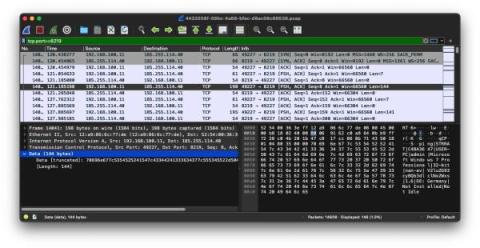Newly Updated Grandoreiro Banking Trojan Distributed Via Phishing Campaigns
Researchers at IBM X-Force are tracking several large phishing campaigns spreading an updated version of the Grandoreiro banking trojan. The criminal malware operation was disrupted by law enforcement in January 2024 but resurfaced in March with an expanded set of targets. The new version of the malware is targeting more than 1,500 banks in over sixty countries.








